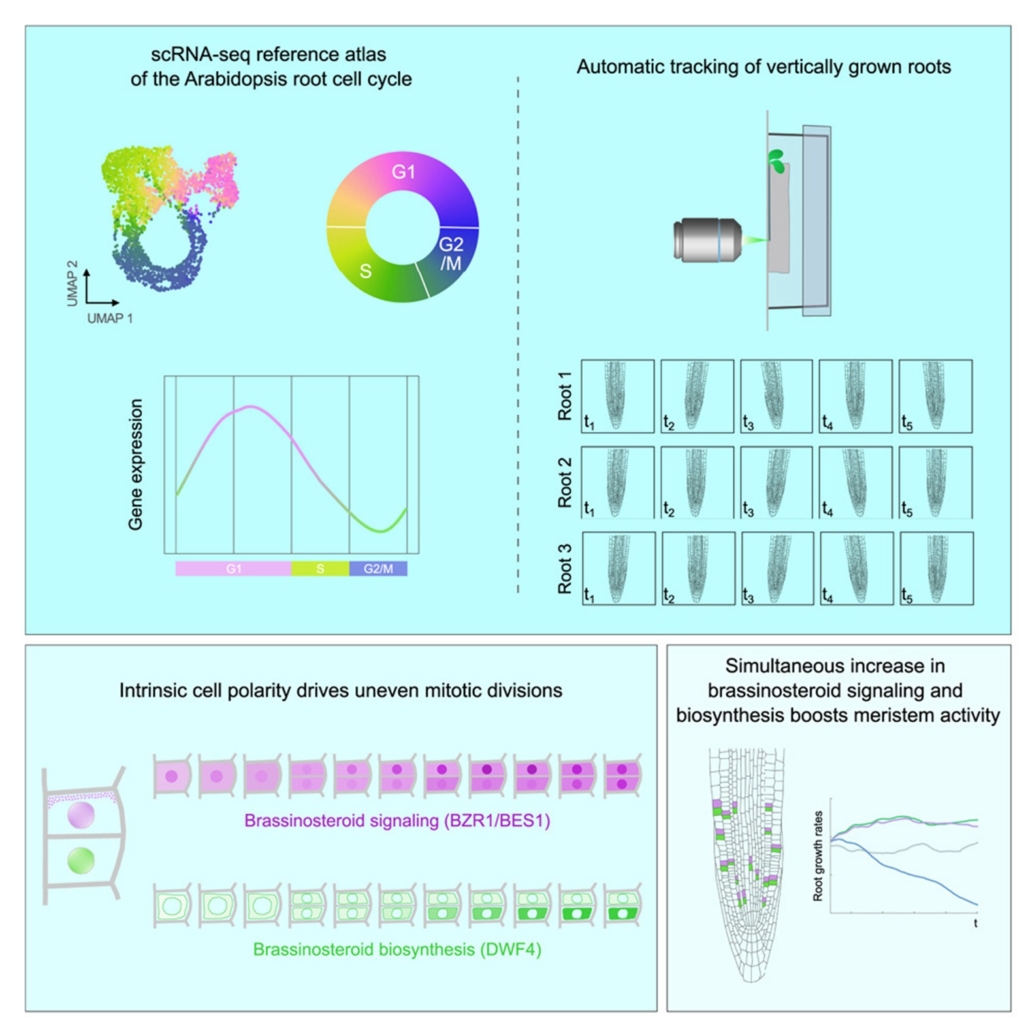
Brassinosteroids positively regulate growth through asymmetrical division
Plant Science Research WeeklyBrassinosteroids are plant hormones that play important roles in cell proliferation and expansion, but it is still unclear exactly what those roles are. Vukasinovic and colleagues show, in Arabidopsis thaliana root cells, that instrinsic brassinosteroid gradients signal anticlinal division. Single-cell…
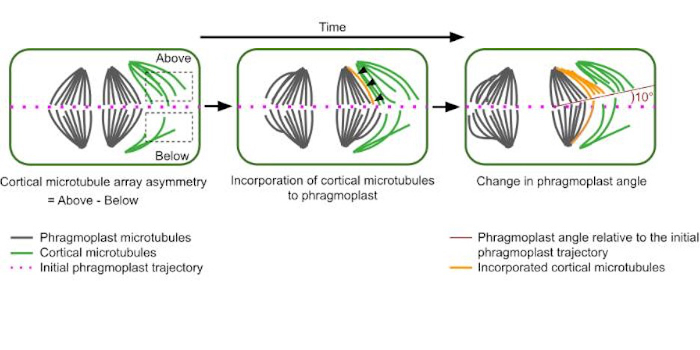
Parking the phragmoplast: division site positioning via cortical telophase microtubules
The Plant Cell: In a NutshellBellinger and Uyehara et al. characterize a population of microtubules that contribute to division site positioning.
By Aimee N. Uyehara1 and Carolyn G. Rasmussen1
1Department of Botany and Plant Sciences, Center for Plant Cell Biology, Institute for Integrative Genome Biology, University of California,…
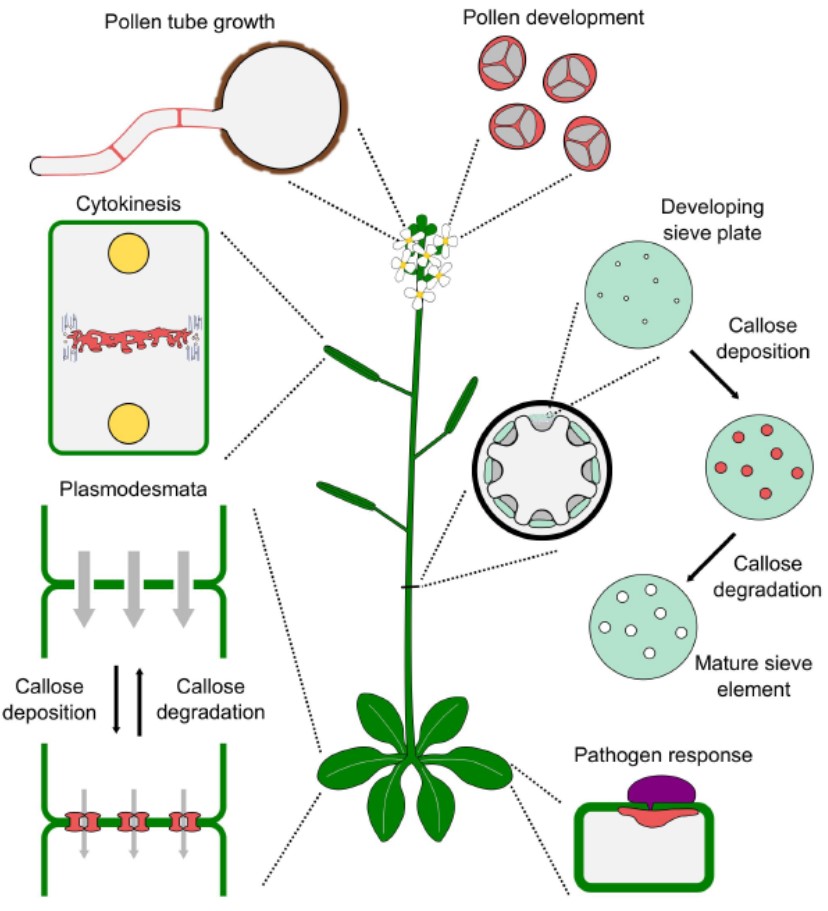
Update: Callose synthesis in plant development – an evolutionary insight
Plant Science Research WeeklyCallose is a polysaccharide with amorphous, gel-like properties that often serves as a transient matrix in plant cell walls. Callose deposition at plasmodesmata can regulate the movement of molecules between cells, transient callose deposition in phloem sieve elements occurs in response to stress, callose…

Cortical microtubules contribute to division plane positioning during telophase in maize
Plant Science Research WeeklyDuring plant cell division, the new cell wall is built along a plant-specific structure named the phragmoplast. The phragmoplast is a complex array of microtubules and microfilaments that originates at the middle of the cell and expands outwards to the division site at the cell cortex. The proper orientation…
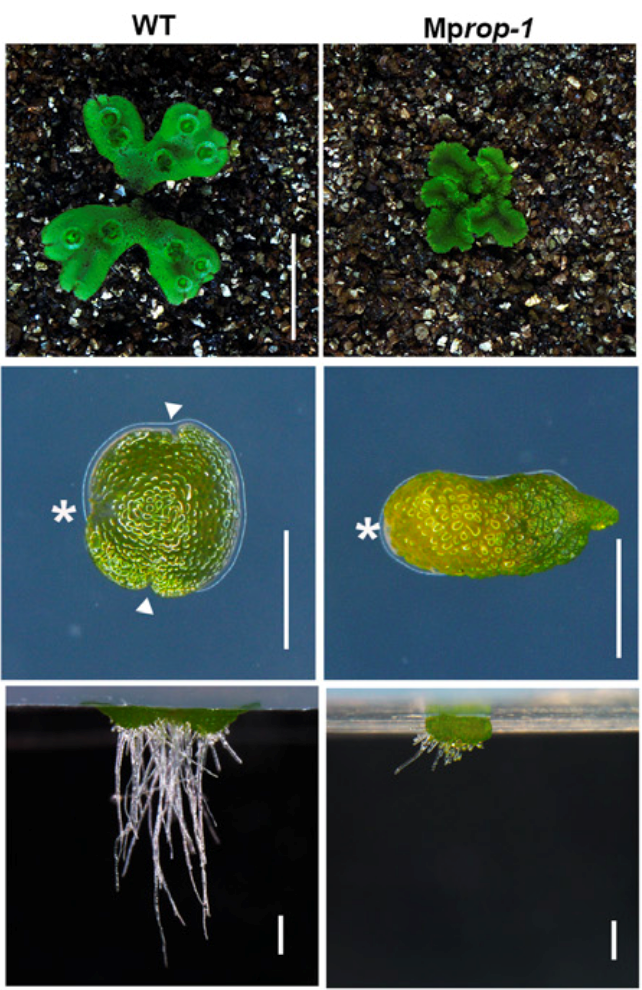
Developmental functions of Marchantia ROP
Plant Science Research WeeklyPrecise control of cell division is an important requirement for proper development in multicellular organisms. Rho-like GTPases from Plants (ROPs) are key conserved regulators of cell polarity and morphogenesis, however, it is unknown if ROP signaling pathways regulate cell division patterning and meristem…
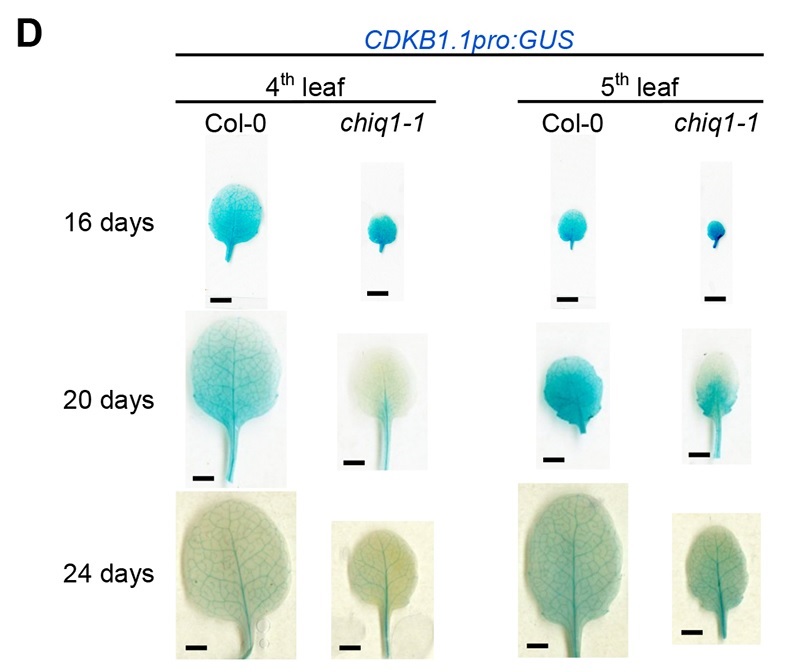
CHIQUITA1 maintains the temporal transition between proliferation and differentiation in Arabidopsis (Development)
Plant Science Research WeeklyOrgan size is imperative to biological function. In plants, newly-developing organs start out as a pool of meristematic cells, which set the number of cells in the organ through regulated iterations of cellular division; eventually, these cells transition out of the cell cycle and differentiate, during…
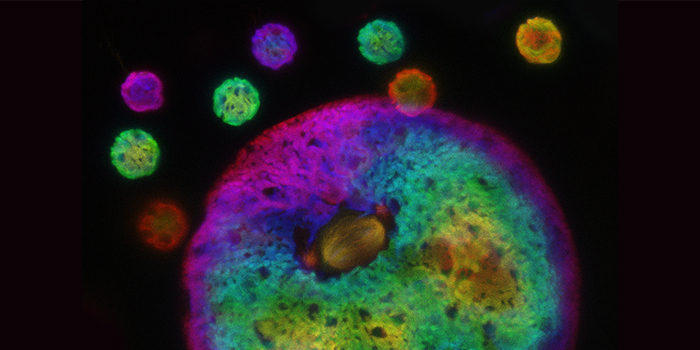
Make two from one: How embryonic algal cells divide in an orchestrated flow of subcellular structures
The Plant Cell: In a NutshellVon der Heyde and Hallmann uncover the enormous dynamics of early cell divisions in Volvox embryos. https://doi.org/10.1093/plcell/koac004
Eva Laura von der Heyde and Armin Hallmann
Department of Cellular and Developmental Biology of Plants, University of Bielefeld, Universitätsstr. 25, 33615…
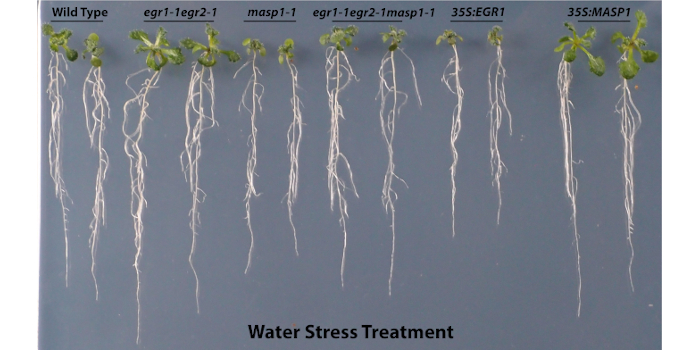
Grow less or Grow more, That is the Question
The Plant Cell: In a NutshellLongkumer et al. explore how plant growth is regulated during drought.
Paul E. Verslues and Toshisangba Longkumer, Institute of Plant and Microbial Biology, Academia Sinica, Taipei, TAIWAN
Background: Plants can deliberately slow down their growth in response to even a small decrease in water…

GA-GRF module – A key regulator of rice leaf length via spatial cell division control (New Phytol)
Plant Science Research WeeklyLeaf features have undergone significant changes during the course of evolution and domestication owing to ecological adaptations and changes in source-sink dynamics. Therefore, wild relatives of crop plants are important resources for exploring the genetic regulation of leaf features that might not…

